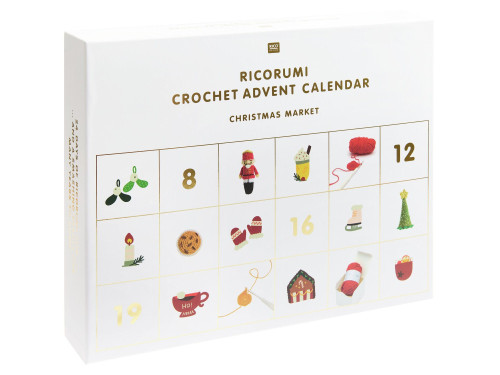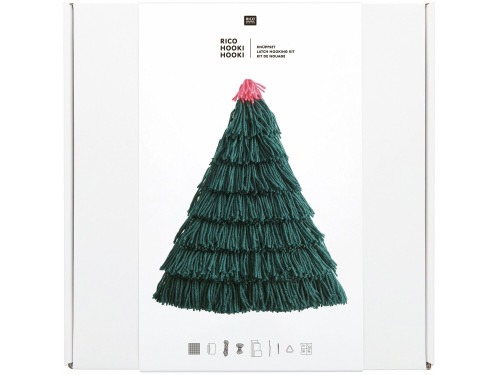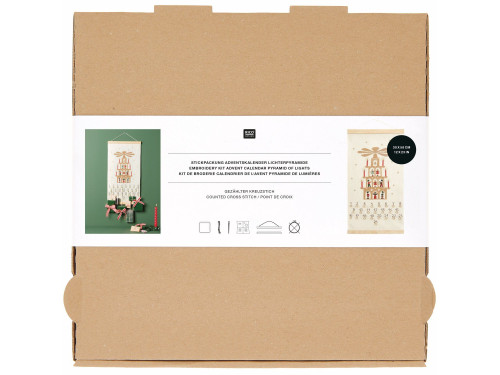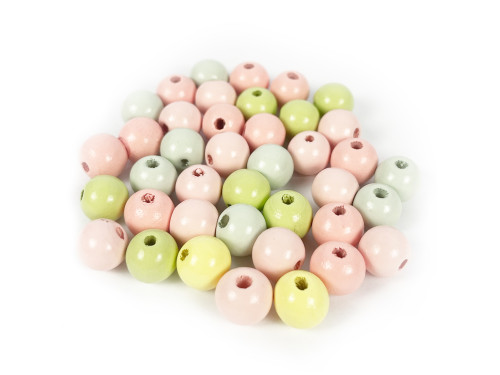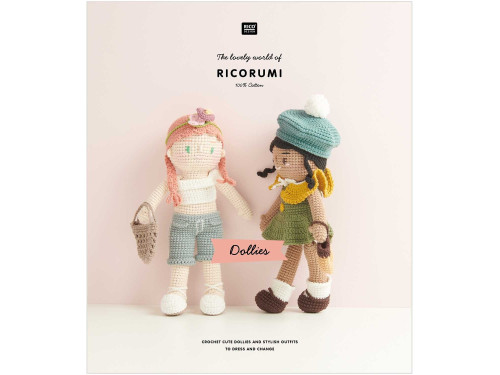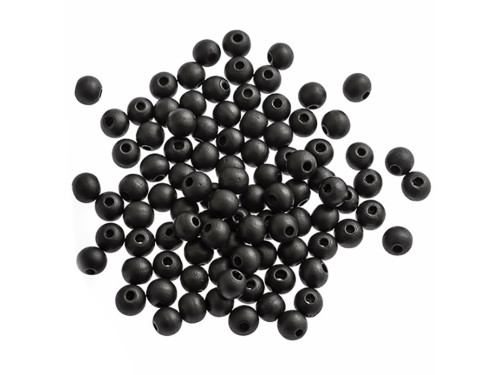The use of cords, lines, threads, yarns and mouline in art dates back to ancient times. Both embroidery and macrame are art forms with a centuries-old tradition.
What is macrame? It is the art of weaving strings with your hands - without the use of needles, knitting needles or a crochet hook. Its origins date back to the 13th century. Initially, it was used to decorate hand-woven everyday objects, but with time the use of this technique expanded. Currently, strings can be used to weave wall ornaments, flower pot covers, wedding and holiday decorations, micro macrame, jewelry and all home decorations - curtains, rugs, dream catchers, tapestries. It is a great proposition for all lovers of natural, rustic boho style. Making a macrame is very simple - all you need to do is know a few basic weaves and a string and a hoop or a bar that will serve as the basis for the macrame. To diversify the macrame, you can also use wooden beads, as well as multicolored strings, hoops of various shapes and colors.
The embroidery has been known to mankind since antiquity - the oldest example of it comes from excavations in Attica and dates back to the 5th-4th centuries BC. It is a fabric decorating method that involves embroidering patterns on the fabric with a needle or a crochet hook. Moulins and threads are used for embroidery, as well as various accessories in the form of beads, beads, sequins and other ornaments. For centuries it was considered a symbol of wealth and wealth, and all ornaments and decorations were made by hand, making the embroidered products unique and exceptional. From the mid-18th century, embroidery was also carried out with the use of a hoop, and from 1828 also by machine.
Embroidery can be used to decorate traditional scarves, napkins and folk costumes, as well as elegant proposals for minimalists. Embroidery is perfect for children's decorations - embroidered animals and characters from fairy tales and fairy tales stimulate the imagination and are very popular among the youngest. Embroidery can be used in ornaments and home decorations, as well as in fashion. Self-embroidered patterns and applications on clothes will make everyday stylizations eye-catching, and their owners will surely stand out from the crowd.
There are various groups of embroidery - flat embroidery, the types of which are: embroidery in front of a needle, embroidery behind a needle (lockstitch machine, Holbein embroidery), but also embroidery: string, chain, knot (knot, pearl), cologne, split, satin, pierced (satin ) and cross stitch. Relief embroidery includes layered and Burgundy embroidery. Embroidery can also be applied. The last group of openwork embroidery includes: knitting, richelieu, English (buttonhole), satin and hemstitch.
Everything you need to make twine and embroidery decorations can be found at PaperConcept - from macrame cords, metal and wooden hoops, macrame sticks and sticks and wooden beads to crochet hooks, needles, felt pads, embroidery hoops, wooden pendants and mouline threads . You can buy the necessary articles in our stores in Warsaw, Krakow, Katowice, Gdańsk, Wrocław and Poznań, as well as online via our website with shipping throughout the European Union.
The use of cords, lines, threads, yarns and mouline in art dates back to ancient times. Both embroidery and macrame are art forms with a centuries-old tradition.
What is macrame? It is the art of weaving strings with your hands - without the use of needles, knitting needles or a crochet hook. Its origins date back to the 13th century. Initially, it was used to decorate hand-woven everyday objects, but with time the use of this technique expanded. Currently, strings can be used to weave wall ornaments, flower pot covers, wedding and holiday decorations, micro macrame, jewelry and all home decorations - curtains, rugs, dream catchers, tapestries. It is a great proposition for all lovers of natural, rustic boho style. Making a macrame is very simple - all you need to do is know a few basic weaves and a string and a hoop or a bar that will serve as the basis for the macrame. To diversify the macrame, you can also use wooden beads, as well as multicolored strings, hoops of various shapes and colors.
The embroidery has been known to mankind since antiquity - the oldest example of it comes from excavations in Attica and dates back to the 5th-4th centuries BC. It is a fabric decorating method that involves embroidering patterns on the fabric with a needle or a crochet hook. Moulins and threads are used for embroidery, as well as various accessories in the form of beads, beads, sequins and other ornaments. For centuries it was considered a symbol of wealth and wealth, and all ornaments and decorations were made by hand, making the embroidered products unique and exceptional. From the mid-18th century, embroidery was also carried out with the use of a hoop, and from 1828 also by machine.
Embroidery can be used to decorate traditional scarves, napkins and folk costumes, as well as elegant proposals for minimalists. Embroidery is perfect for children's decorations - embroidered animals and characters from fairy tales and fairy tales stimulate the imagination and are very popular among the youngest. Embroidery can be used in ornaments and home decorations, as well as in fashion. Self-embroidered patterns and applications on clothes will make everyday stylizations eye-catching, and their owners will surely stand out from the crowd.
There are various groups of embroidery - flat embroidery, the types of which are: embroidery in front of a needle, embroidery behind a needle (lockstitch machine, Holbein embroidery), but also embroidery: string, chain, knot (knot, pearl), cologne, split, satin, pierced (satin ) and cross stitch. Relief embroidery includes layered and Burgundy embroidery. Embroidery can also be applied. The last group of openwork embroidery includes: knitting, richelieu, English (buttonhole), satin and hemstitch.
Everything you need to make twine and embroidery decorations can be found at PaperConcept - from macrame cords, metal and wooden hoops, macrame sticks and sticks and wooden beads to crochet hooks, needles, felt pads, embroidery hoops, wooden pendants and mouline threads . You can buy the necessary articles in our stores in Warsaw, Krakow, Katowice, Gdańsk, Wrocław and Poznań, as well as online via our website with shipping throughout the European Union.

